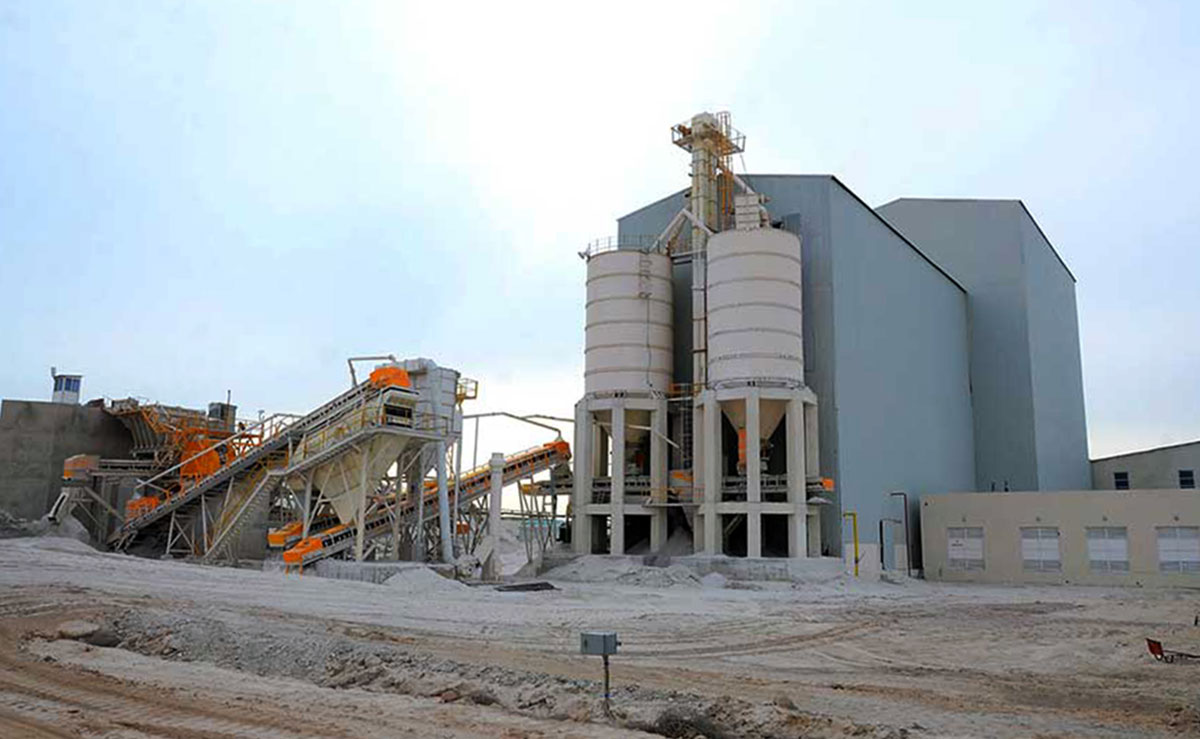Specialists of the Laboratory of Technology for the Production of Medicines of the Center for Technology of the Academy of Sciences of Turkmenistan studied the possibility of extracting cellulose from the residues of processing licorice root (buyana). This perennial medicinal plant, belonging to the cycad family, grows along the banks of the Amu Darya River - in Khalach, Khodjambaz, Charzhevsky and other regions, its distribution area extends for 100 kilometers - from Koytendag - to Darganatа.
For the production of medicines, the root of the plant is mainly used. Buyan is part of 350 medicines, the Buyan Agro-Industrial Complex named after S.A. Niyazov, located in Turkmenabat (Lebap velayat), annually collects several thousand tons of peeled root, produces hundreds of tons of dry root and dry extract. Medicinal teas, dry and thick infusions, balms, capsules and ointments are produced from the medicinal plant. Products from it are exported to such countries as China, Russia, America, France, Great Britain, India, and Serbia.
However, most of the post-extraction residues of the root are not used. A scientific and practical analysis of the possibility of extracting cellulose from buyan, carried out in the laboratory, showed that cellulose, which is a raw material, for example, in paper and cardboard, textile and industrial production, can be isolated from waste processed in the Buyan agro-industrial complex of licorice root.
The range of use of cellulose is quite wide. Cellulose acetate, methylcellulose, ethylcellulose, hydroxyethylcellulose, hydroxypropylcellulose, carboxymethylcellulose are used in modern pharmaceuticals for the preparation of gels, in construction - they are used in wall plasters and water emulsions, in the oil and gas industry - in drilling fluids. It is necessary for the preparation of varnishes, plastics, cellophane and viscose fibers. Currently, cellulose materials are actively used to create various types of nanostructured nanocrystals and nanofluids.
Methods for extracting cellulose from natural raw materials proposed by the laboratory are based on the action of reagents that dissolve non-cellulose components (protein, fat, resin, lignin, and other polysaccharides) stored in plant tissues. To obtain cellulose widely used, mainly, alkaline boiling, sulfite boiling and sulfate boiling. As a result of scientific research, the laboratory has developed a process for extracting cellulose from licorice root production waste, which will allow the use of raw materials on an industrial scale.








